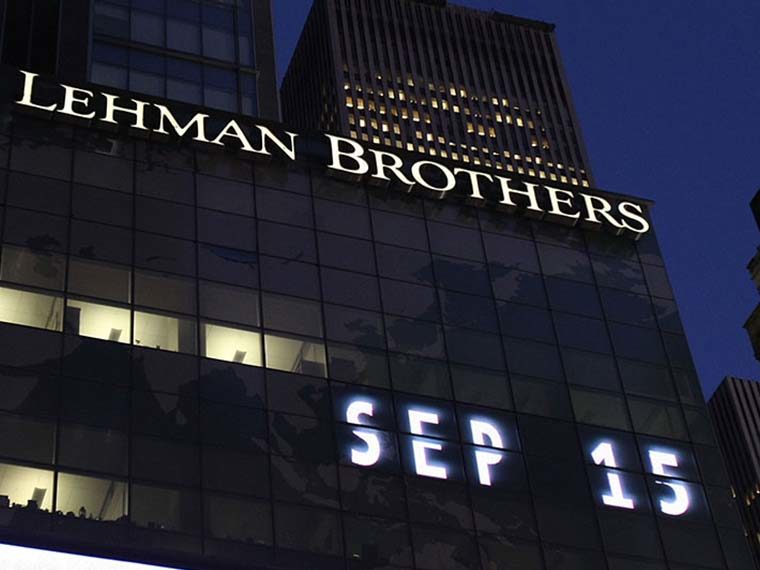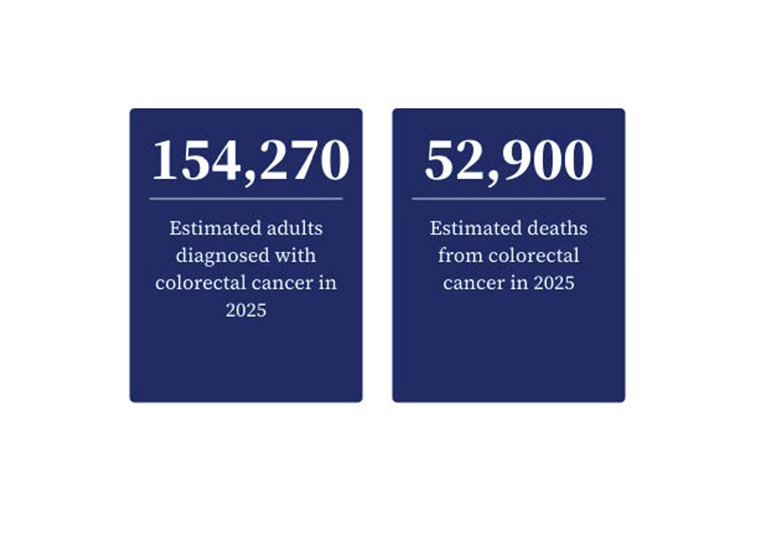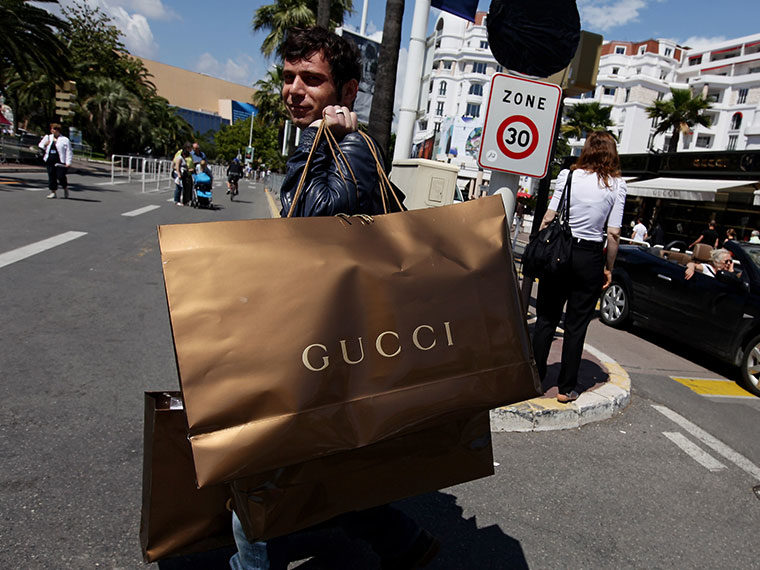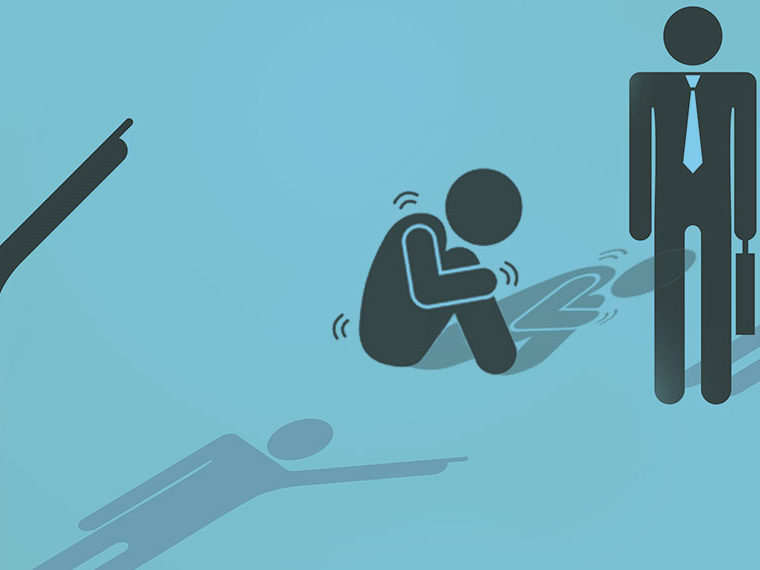Equal incentives perceived differently and can affect norms
From our earliest chores to earn an allowance, to the company 401(k) match and vaccine lotteries, money has been ever present as a motivational tool.
Oftentimes such financial incentives come in the form of a discount — such as a good-driver discount or a healthy-behavior discount on an insurance premium. Other times, incentives can come in the form of a surcharge — such as paying a premium on health insurance for an unhealthy behavior or a monetary charge placed on pollution emissions. Yet research published in Organizational Behavior and Human Decision Processes makes a case that imposing a surcharge is more effective than discounts at getting people to adopt a behavior.
Across four experiments that involved more than 2,000 participants, UCLA Anderson’s Alicea Lieberman, University of Toronto’s Kristen E. Duke and UC San Diego’s On Amir find that surcharges work as signals for what is socially acceptable. There seems to be a tendency to internalize a surcharge as a cost inflicted for not following a norm. And being the social animals we are, that can effectively make surcharges a powerful tool to nudge along behavior.
A Mug’s Game?
A 10-cent discount if we bring our own mug to the local coffee shop can be an effective personal incentive (getting paid for doing good). However, the researchers assert that a 10-cent surcharge for not showing up with our own mug is even more effective in that it seems to trigger guilt and embarrassment that we are not doing our part to reduce waste.
In a Mechanical Turk experiment, more than 300 participants were told to envision they were new to a neighborhood and saw an inviting coffee shop. Some participants read that the coffee shop had a sign advertising a 10-cent discount for bringing a mug; others read that there was a 10-cent surcharge for not bringing a mug.
All participants were asked to weigh in on their sense of mug-toting being a social norm on a scale of 1 (definitely no) to 7 (definitely yes.)
Those who were primed with the surcharge nudge were indeed more sensitive to what they perceived as an expectation to bring a mug (average score of 5.73) compared with the folks who got the discount/reward message (5.01).
The researchers were able to get at the emotional impulse to follow a norm by asking all the participants to imagine they showed up without a mug and then had them answer a series of questions that measured their sense of guilt or embarrassment for being mugless. The surcharge group registered a higher sense of both emotions than the discount group.
It’s Not About Loss Aversion and Punishment
Another experiment addressed two potential pushbacks to their surcharge-as-social-norm-signal theory.
Loss aversion holds that we feel the pain of a loss more than we feel the upside of a gain. That would lead to the possibility that the heightened sensitivity to a surcharge may be a desire to avoid a loss (the money we’re charged).
And depending on the nature of the desired behavior, we may view a surcharge as punishment for some moral transgression.
The researchers used 800 participants in a hypothetical Thanksgiving Turkey Trot 5K Run as their subjects to explore loss aversion and punishment.
Some participants were told they would get a $4 discount on the entry fee if they showed up in a turkey costume. Others were told their fee would be $2 higher if they didn’t come in turkey attire.
The $4 discount/$2 surcharge sneakily gave the surcharge half the weight of the discount, to account for the potential that losses (surcharges) are felt with twice the intensity of gains (discounts). Nonetheless, once again, people fed the surcharge message were more inclined to feel obligated to dress up and said they would feel more embarrassed and guilty for not dressing up.
The nature of the experiment — turkey dressing or not — was void of a moral imperative, suggesting that the power of surcharges over discounts extends beyond a moral domain.
Every participant was asked to allot 100 points among a series of potential reasons they thought was behind the organizers’ incentive framing. One of the options explicitly spelled out a desire among organizers “to punish participants for not dressing up.” Yet that was not the top motivation cited by participants in the surcharge group. Indeed, across both conditions, participants allotted the most points to the rationale that the incentive was in place to reward participants for dressing up. While few participants assigned points to a punishment rationale, more people did so in the surcharge condition than discount condition. Importantly, however, the effect of surcharges (versus discounts) to encourage a behavior remains significant when controlling for both of these point allocations.
The Psychic Stickiness of Surcharges
Lieberman, Duke and Amir also suggest that once a surcharge-as-social-norm-signal is introduced into someone’s consciousness, it seems to linger and impact behavior even when there is no explicit surcharge.
More than 600 Mechanical Turk participants who were asked to imagine they had moved to a new town and headed to a local grocery store to stock up. Some participants were told this grocery store had a sign posted that shoppers who brought their own bags would get a 10-cent discount. Other participants were told the store had a sign posted that customers who didn’t bring their bags would be charged 10 cents more.
They once again found that people presented with the surcharge scenario felt bringing a bag must be a local social norm and were thus more compelled to BYOB.
But where it gets interesting is that the participants were told to imagine it’s a week later, and they would do their shopping at another local grocery store that didn’t offer up any bag incentives.
Nearly half of participants who had been presented with the surcharge incentive scenario at the first grocery store said they thought bringing reusable bags was the norm at the incentiveless second grocery store. Among those who were given the discount incentive at the first store, only one-third said they thought bringing bags was expected.
The authors suggest the lingering effect of surcharges to signal a behavioral norm can give managers more “bang for their buck” as it may serve as an officewide signal of desired norms, be it meeting attendance or use of flex time.
Featured Faculty
-
Alicea Lieberman
Assistant Professor of Marketing
About the Research
Lieberman, A., Duke, K.E., Amir, O. (2019). How incentive framing can harness the power of social norms. Organizational Behavior and Human Decision Processes. https://doi.org/10.1016/j.obhdp.2018.12.001






